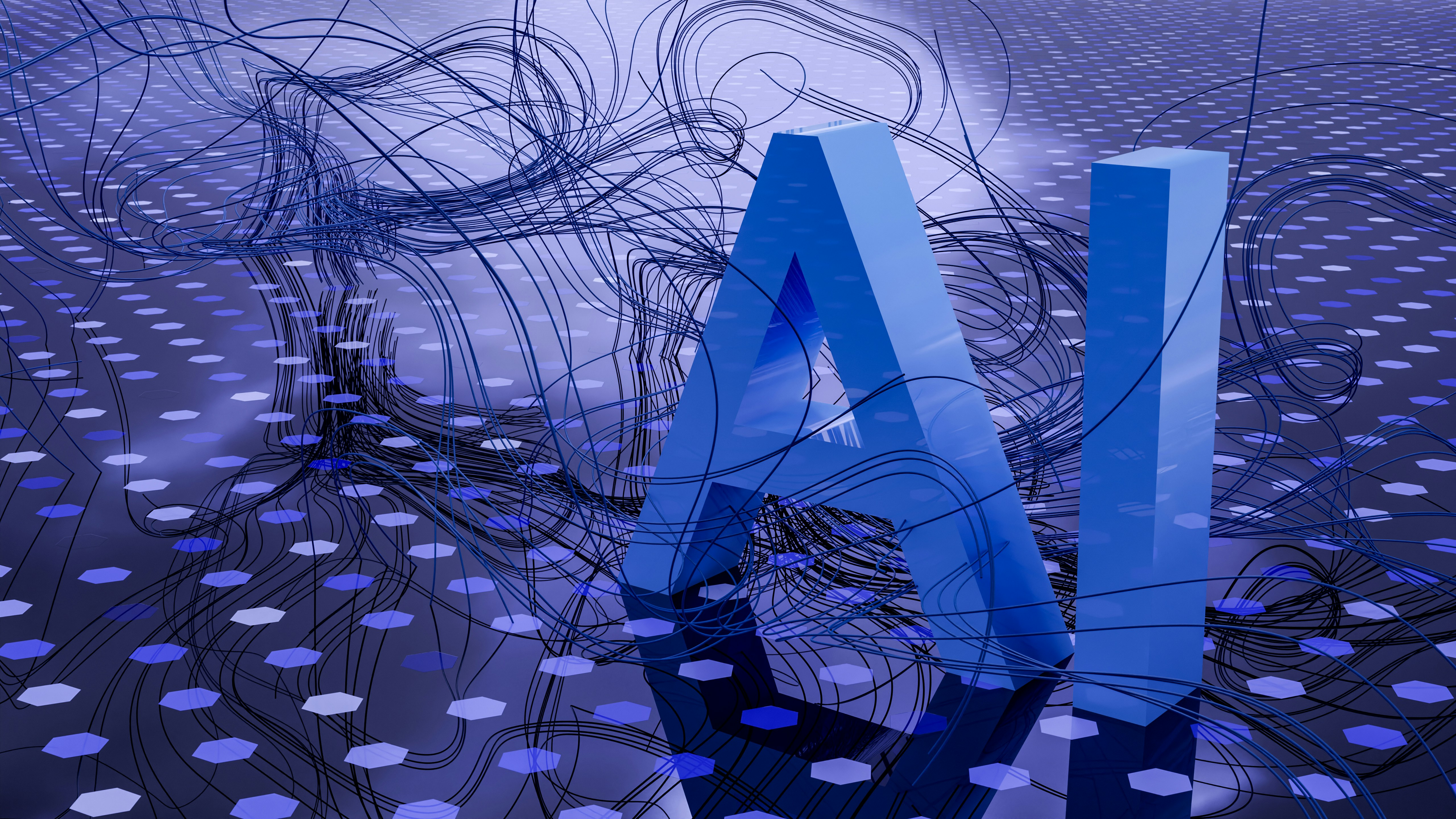
🚀 The Evolution of Python in AI Development (2026 Update)
Python has undergone a remarkable transformation in the world of artificial intelligence, rising from a simple, beginner-friendly programming language to the global standard for AI, machine learning, and deep learning development. Its evolution mirrors the rapid growth of AI technologies, making Python an indispensable tool for researchers, developers, startups, and enterprises in 2026.
📌 From Simple Syntax to Global Dominance
Python’s journey in AI began in the late 1990s, when researchers sought a language that combined readability, flexibility, and computational power. Unlike traditional languages that required complex code, Python enabled developers to translate ideas into working models faster—an invaluable advantage in the research-driven AI environment.
Its clean syntax made it the preferred choice for:
Algorithm development
Rapid prototyping
Data analysis
Machine learning experimentation
What started as a convenient tool quickly became the foundation of modern AI innovation.
🧠 Python’s Expanding AI Ecosystem: Key Libraries That Changed the Game
Python became the king of AI thanks to its powerful ecosystem of libraries designed specifically for data science and machine learning.
🔹 NumPy and SciPy
These libraries laid the groundwork for scientific computing, enabling efficient numerical operations that previously required complex low-level coding.
🔹 Scikit-learn
Released in 2007, Scikit-learn revolutionized machine learning with:
Ready-to-use algorithms
Simple APIs
Reliable model evaluation tools
It remains one of the most widely used ML libraries today.
🔹 TensorFlow and PyTorch
The rise of deep learning brought Python into the spotlight like never before.
These frameworks enabled:
High-performance neural networks
GPU acceleration
Large-scale training
Research-to-production workflows
Today, PyTorch dominates research, while TensorFlow excels in deployment and scalability.
🔹 Transformers and NLP Libraries
Modern NLP depends heavily on Python tools such as:
Hugging Face Transformers
spaCy
NLTK
These libraries empower applications in conversational AI, text generation, semantic search, and more.
⚙️ Key Features of Python That Power AI Development
Python remains the preferred AI language because of several core strengths:
✔ 1. Readability and Simple Syntax
Python allows developers to focus on algorithms, not syntax.
This is crucial in AI, where logic and experimentation matter more than complex code structures.
✔ 2. Vast AI and ML Libraries
Python’s unmatched ecosystem accelerates every stage of AI development—from preprocessing to deployment.
✔ 3. Strong Community and Global Support
Millions of developers contribute to documentation, tutorials, forums, and open-source tools—making problem-solving faster and easier.
✔ 4. Cross-Platform Flexibility
Python code runs seamlessly on:
Windows
macOS
Linux
Cloud platforms (AWS, GCP, Azure)
This ensures smooth testing, scaling, and deployment.
🔮 Python in Emerging AI Trends for 2026
Python plays a central role in modern AI technologies that are shaping industries today:
🔸 Deep Learning
Libraries like PyTorch and TensorFlow allow researchers to:
Build advanced neural networks
Perform image/speech recognition
Develop generative AI systems
Deep learning breakthroughs in 2026—from multimodal models to edge AI—are powered largely by Python.
🔸 Natural Language Processing (NLP)
With tools like Transformers, Python dominates NLP tasks such as:
Chatbot development
Sentiment analysis
Large-language model fine-tuning
Voice assistants
Python’s NLP ecosystem is at the heart of AI-driven communication tools.
🔸 Reinforcement Learning
Frameworks like OpenAI Gym and Stable Baselines enable simulation-based learning in:
Robotics
Gaming
Autonomous systems
Optimization problems
Reinforcement learning advancements rely heavily on Python.
⚠️ The Future of Python in AI: Challenges and Innovations
Although Python leads AI development, it faces a few limitations:
❌ 1. Slower Execution Speed
Python is not as fast as C++, Rust, or Java, especially in:
Real-time applications
Resource-heavy simulations
Solution: Hybrid programming (Python + C/Rust extensions) is becoming standard.
❌ 2. Scalability Challenges
Python’s single-threaded execution limits scalability in big-data environments.
Solution: Tools like:
Dask
PySpark
Ray
help Python scale across distributed computing clusters.
❌ 3. Growing Competition
Languages like Julia and Rust are gaining attention due to their performance advantages.
But Python still leads because of:
Community size
Library ecosystem
Industry adoption
Learning simplicity
✔ Innovations Keeping Python Ahead
New technologies continue to strengthen Python’s position:
JAX (for high-performance ML)
PyPy (faster Python runtime)
ONNX Runtime (cross-framework model deployment)
These advancements ensure Python remains the backbone of AI innovation.
🏁 Conclusion: Python Will Continue to Lead AI into the Future
Python’s evolution from a beginner-friendly language to the undisputed leader of AI development highlights its adaptability, community strength, and unmatched ecosystem.
As AI becomes more advanced in 2026 and beyond, Python will continue to drive innovation through:
Simplified coding
Rapid prototyping
Industry-standard libraries
Strong developer support

